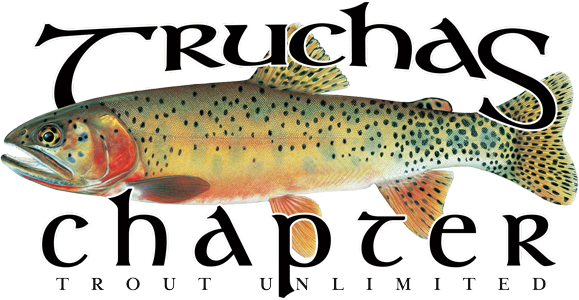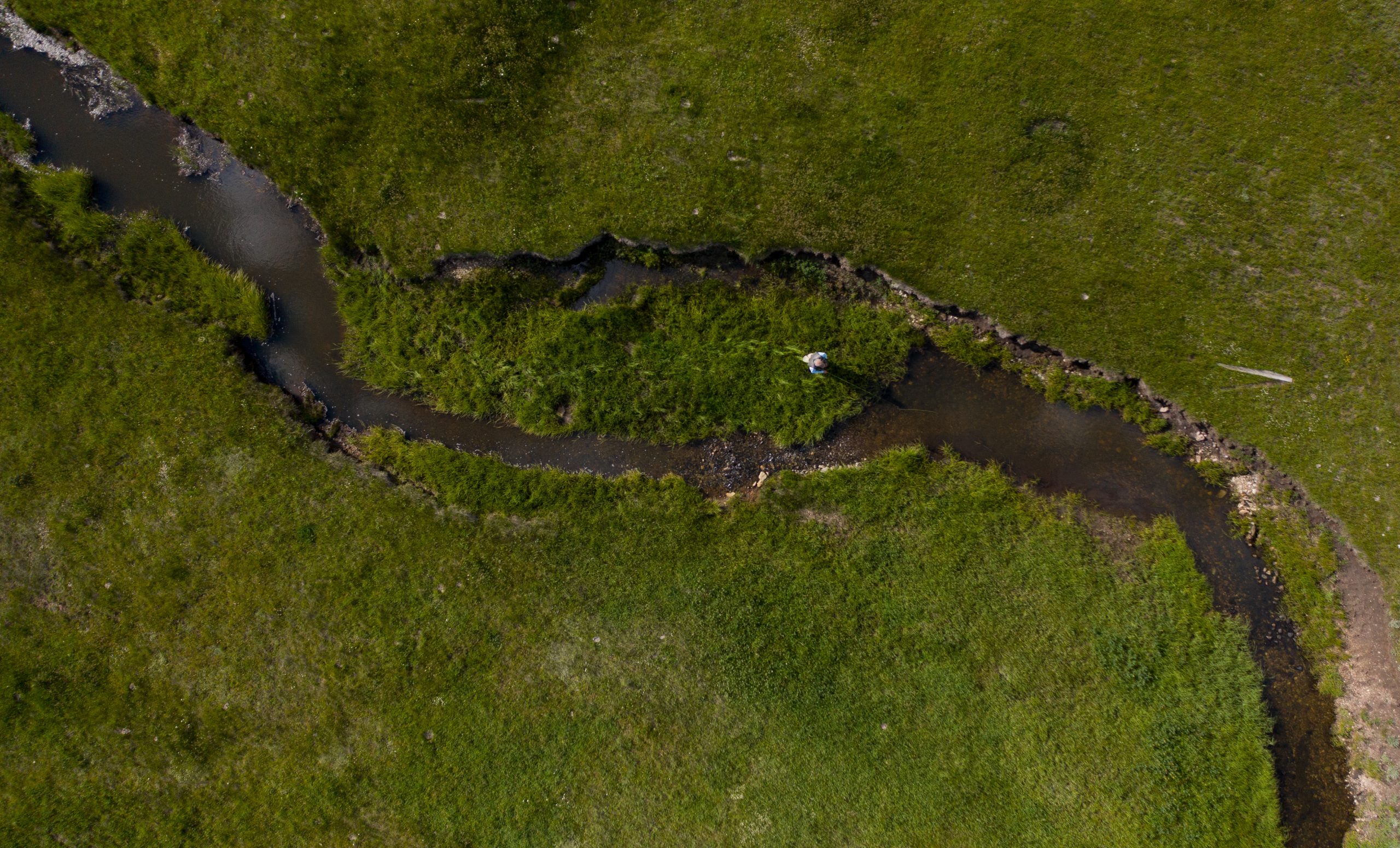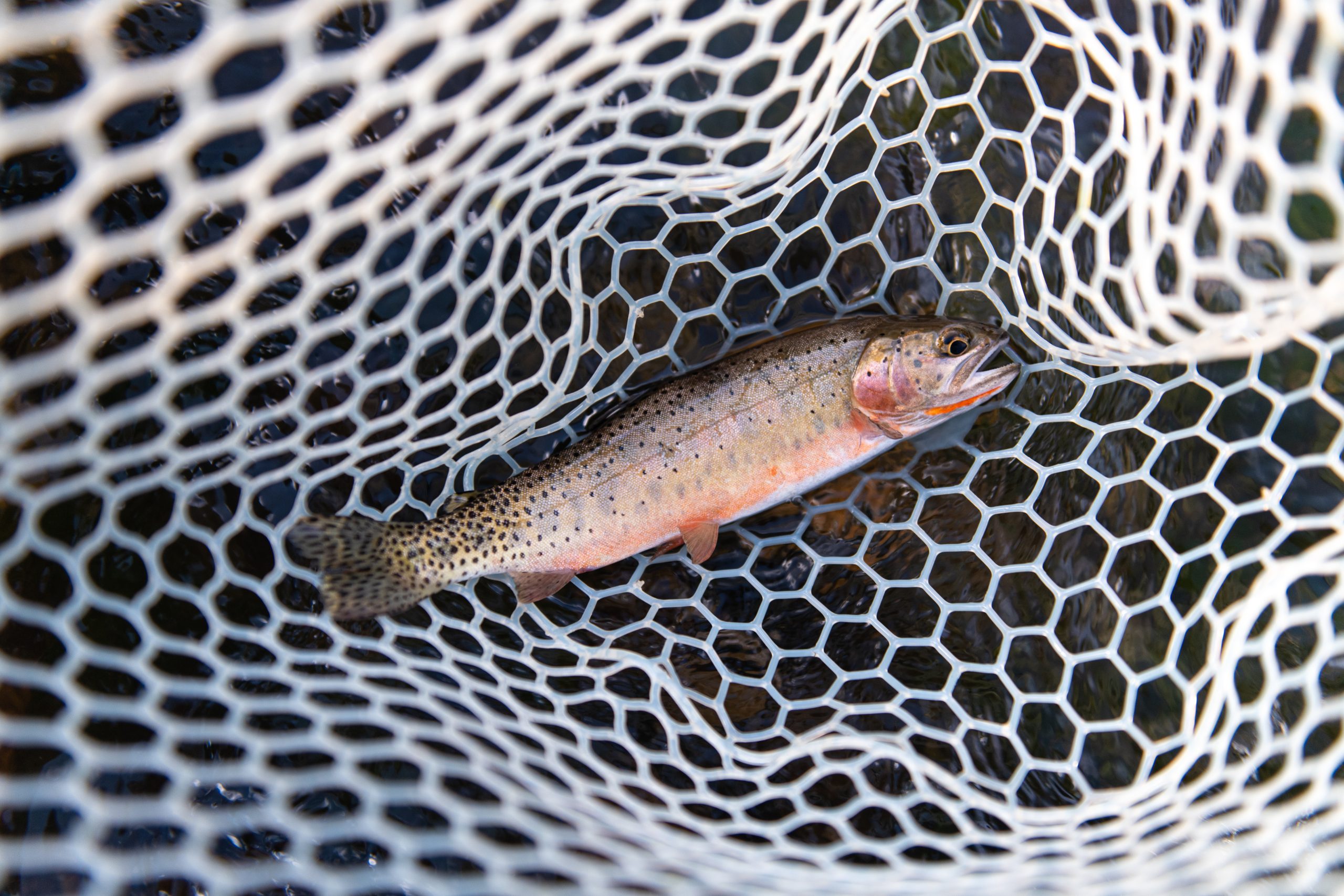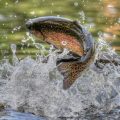It’s hard to forget your first trout on a fly. For me, it happened over twenty years ago on a camping trip with my family along the Upper Conejos River, a high-elevation stream in Southern Colorado where the water runs clear and cold, and the air carries the scent of pine and possibility.
I was camping with my family and a good friend, Diana, who had grown up in the area. My friend was a good flyfisher and familiar with the secrets of the stream and the haunts of the fish. I on the other hand hadn’t fished since I was a kid and had never held a fly rod in my hand.
My wife and I spent the morning hiking up to the continental divide. As we descended, we could see the mountain meadow we were camping in and the small stream winding its way through it. Diana was standing in the grass casting into it and pulling out fish.
She called me over, handed me her rod and told me to throw the fly over there, into the water. I made my first cast ever with a fly rod and to my surprise the fly landed in the stream and a big head emerged and took it.
Fortunately, the fished hooked itself and Diana netted it. How lucky could I be!
Later that day two cowboys on horseback rode into our camp. The woman of the pair struck up a conversation and asked how the fishing had been and I told her of my new passion for fly fishing and how I planned to take it up as a sport. She asked if she could see the two fish we had kept for dinner and with pride I held out the two fish we had kept for dinner. A stern and reproachful expression crossed her face and she said, “You shouldn’t have kept those fish. They are an endangered species.” She then turned and rode off with her friend to pursue the cattle they were rounding up, leaving me flustered, embarrassed and ashamed.
I vowed not only to become a fly fisher but to learn more about trout, endangered species and cold water conservation. Subsequently, I became a Trout Unlimited member and when I moved to Santa Fe joined the board of the Truchas Chapter where I served for several years as conservation chair.
The fish that started me off on this journey was brilliantly colored, full of fight, shimmering with crimson slashes beneath its jaw, and was a Rio Grande Cutthroat(RGCT).
That moment was more than a successful cast. It was a connection to a long-standing conservation story that continues to unfold in the rugged watersheds of our region. New Mexico and Southern Colorado is home to three subspecies of cutthroat trout: the Rio Grande, the Colorado River, and the once-lost Greenback. Each has a complex history of decline and recovery, largely due to habitat loss, competition with non-native species, and changing climate conditions.
The Truchas Chapter considers the Pecos River our home water and has for years been involved in restoring habitat for and returning the RGCT to its native water.
Fortunately, efforts to restore native cutthroat populations have gained momentum in recent decades. Agencies like the New Mexico Department of Game and fish, now renamed the NM Department of Wildlife, the U.S. Forest Service, and dedicated groups like Trout Unlimited have worked tirelessly to reintroduce genetically pure cutthroat trout into their historic ranges. This often involves the painstaking removal of non-native trout, restoration of headwater streams, and even helicopter-assisted stocking of remote alpine lakes.
These aren’t just fish stories—they’re conservation success stories. Policies such as the State Wildlife Action Plan and collaboration between public and private landowners have helped protect crucial habitats. However, the work is far from over. Wildfire, drought, and the creeping impact of climate change continue to threaten fragile ecosystems, making community involvement and education more important than ever.
As an angler, I’ve come to see fly fishing not just as a sport, but as a stewardship. The thrill of the take is paired with the responsibility of care—practicing catch-and-release, respecting seasonal closures, and advocating for native species. The Rio Grande cutthroat, in particular, is a reminder of what can be lost—and what can be saved—with effort and respect.
Since that first fish, I’ve returned to the streams of New Mexico and Southern Colorado many times, each trip deepening my appreciation for the delicate balance that keeps these waters alive. The tug on the line still excites me, but it’s the tug on my conscience that stays with me longest. Conservation is not just about protecting fish—it’s about preserving the wild places and experiences that make life richer for us all.
In sharing this, I hope others—whether seasoned anglers or curious newcomers—will feel inspired to pick up a rod, tie on a fly, and maybe even lend a hand in protecting the legacy of our native trout. After all, every cast is a vote for the future of these beautiful fish and the cold, clean waters they call home.
— Nick Tsapatsaris, M.D.



